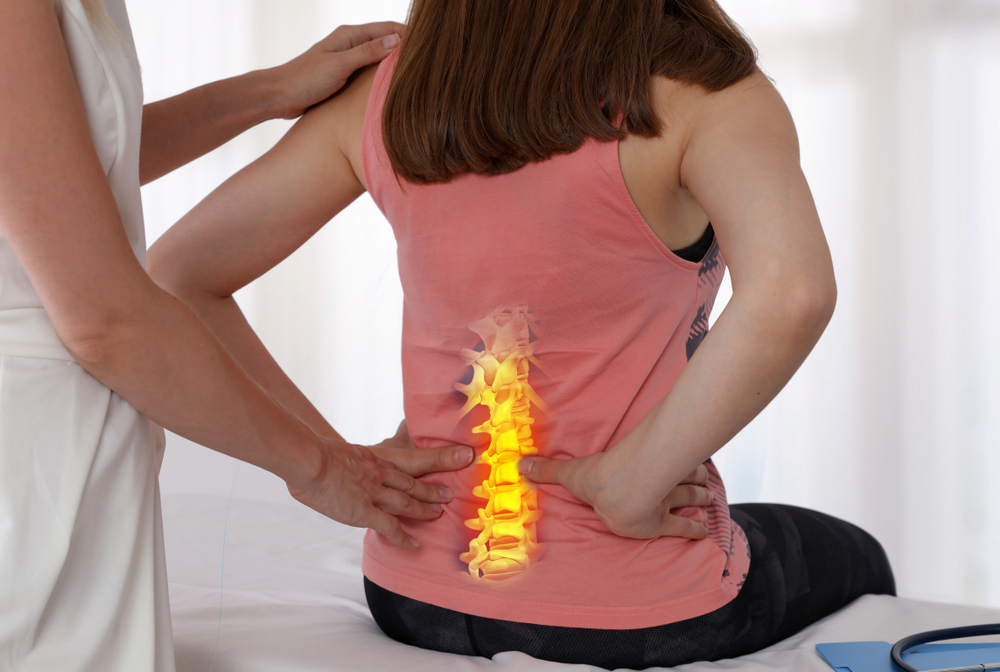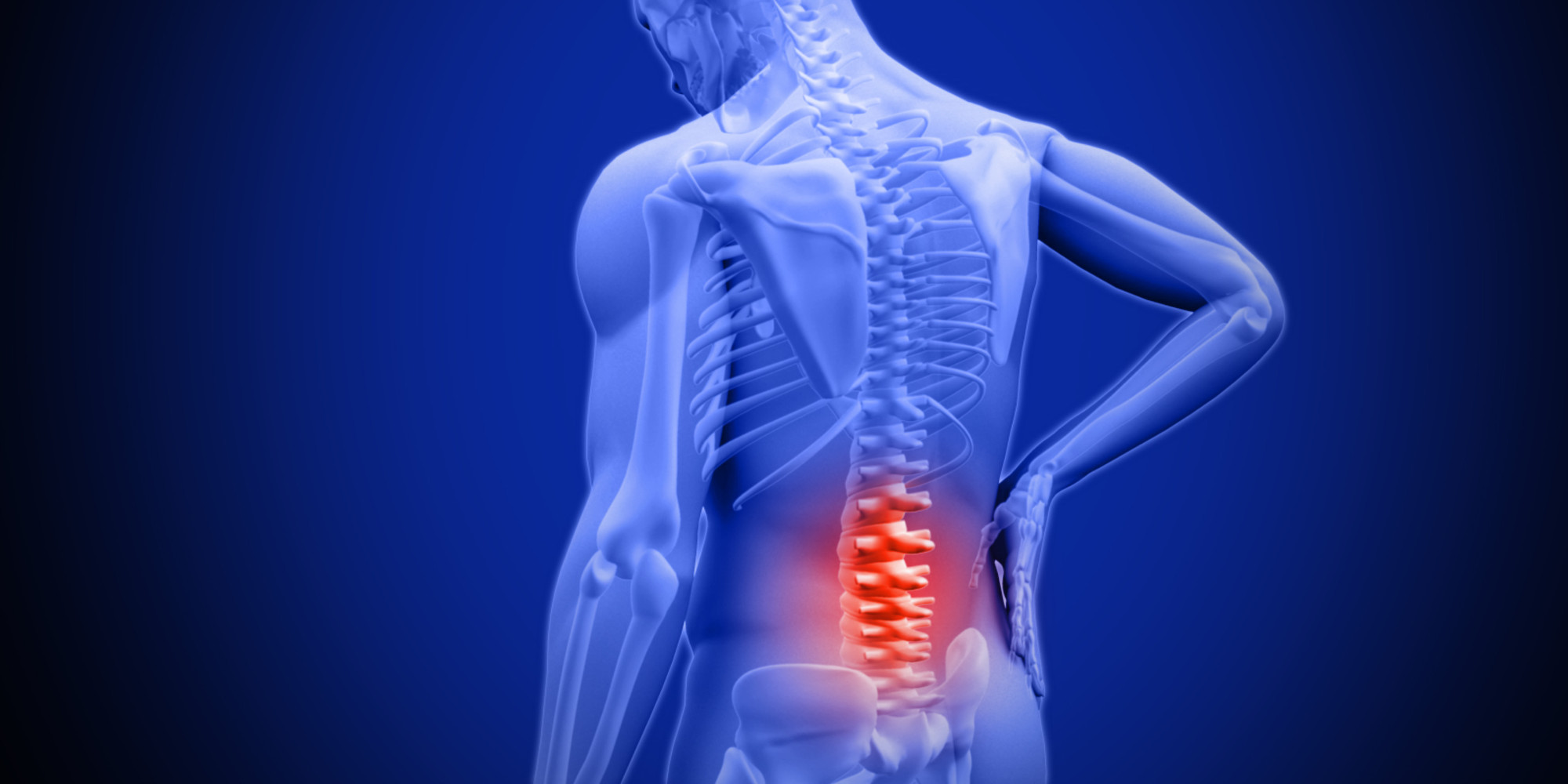
Certainly! Many people turn to massage therapy to unwind, ease stress, and alleviate pain. However, it’s quite common for some individuals to feel uncomfortable, especially when experiencing lower back pain after a massage. Knowing why this happens, how to prevent it, and what to do for quick relief is key to having a good massage experience.
Understanding the Causes of Lower Back Pain Post Massage
- Improper Technique: One of the primary reasons for experiencing lower back pain after a massage is due to the use of improper techniques by the masseuse. Applying excessive pressure or targeting sensitive areas without proper care can lead to discomfort and pain.
- Trigger Point Release: Trigger points, or knots in the muscles, are often targeted during massages to alleviate tension. However, aggressive manipulation of these trigger points can sometimes lead to soreness and pain in the surrounding areas, including the lower back.
- Muscle Strain: Intense or prolonged massage sessions can sometimes result in muscle strain, particularly if the muscles aren’t adequately warmed up or if the pressure applied is too intense.
- Spinal Misalignment: In rare cases, a massage session performed by an inexperienced or unqualified individual may lead to spinal misalignment, causing lower back pain.
Preventive Measures to Avoid Lower Back Pain After Massage
- Talk to Your Masseuse: Before your massage, let them know if you have any areas that are sensitive or if you’re worried about anything. They can adjust their techniques to make sure you feel comfortable.
- Keep a Good Posture: When you’re getting the massage, try to lie flat on the table without arching your back too much. This can help reduce strain on your lower back.
- Do Some Stretching: Before and after your massage, do some gentle stretching exercises. This helps loosen up your muscles and prevents them from getting too stiff.
- Stay Hydrated: Drink plenty of water before and after your massage. This keeps your muscles hydrated and helps flush out any toxins from your body.
Immediate Relief Strategies
- Apply Ice or Heat: Apply an ice pack or heating pad to the affected area to reduce inflammation and alleviate pain.
- Over-the-counter Pain Relief: Over-the-counter pain medications such as ibuprofen or acetaminophen can help relieve discomfort.
- Rest: Allow the body ample time to rest and recuperate following the massage session. Avoid engaging in strenuous activities that may exacerbate the pain.
When to Seek Professional Help
- Persistent Pain: If the lower back pain persists for more than a few days despite self-care measures, it’s essential to seek professional medical attention.
- Numbness or Tingling: Numbness or tingling sensations in the lower back or legs could indicate nerve compression or other serious underlying issues.
- Loss of Bladder or Bowel Control: In rare cases, severe lower back pain accompanied by loss of bladder or bowel control may indicate a medical emergency and require immediate medical attention.

Long-Term Management of Lower Back Pain
- Regular Exercise: Engage in regular low-impact exercises such as swimming, yoga, or walking to strengthen the muscles supporting the lower back.
- Core Strengthening: Incorporate exercises that target the core muscles to improve stability and reduce the risk of lower back pain.
- Proper Ergonomics: Maintain proper posture and ergonomic principles, whether sitting, standing, or lifting heavy objects, to minimize strain on the lower back.
- Regular Massages from Certified Professionals: Seek regular massages from certified massage therapists who have experience in addressing lower back pain and can tailor their techniques accordingly.
The Role of Massage Therapy in Alleviating Chronic Lower Back Pain
Massage therapy can play a significant role in alleviating chronic lower back pain by reducing muscle tension, improving circulation, and promoting relaxation. However, it’s essential to work with a qualified and experienced massage therapist who can develop a personalized treatment plan tailored to your specific needs.
Conclusion
Feeling lower back pain after a massage can be upsetting, but it’s important to know why it’s happening and what you can do to stop it. Talk to your massage therapist, keep your body in a good position during the massage, and take care of yourself regularly. This way, you can still enjoy the good things about getting a massage without having to deal with the pain afterward.
Frequently Asked Questions
Can a massage cause permanent damage to the lower back?
While rare, improper massage techniques or underlying medical conditions can potentially lead to permanent damage. It’s crucial to seek professional help if you experience persistent or severe pain.
How long does lower back pain after a massage typically last?
The duration of lower back pain post-massage can vary depending on individual factors and the underlying cause. In most cases, it resolves within a few days with self-care measures.
Can massage therapy worsen existing lower back pain?
In some cases, massage therapy may temporarily exacerbate existing lower back pain, especially if the technique is too aggressive or if there are underlying issues. However, with proper communication and technique, massage can often provide relief.
